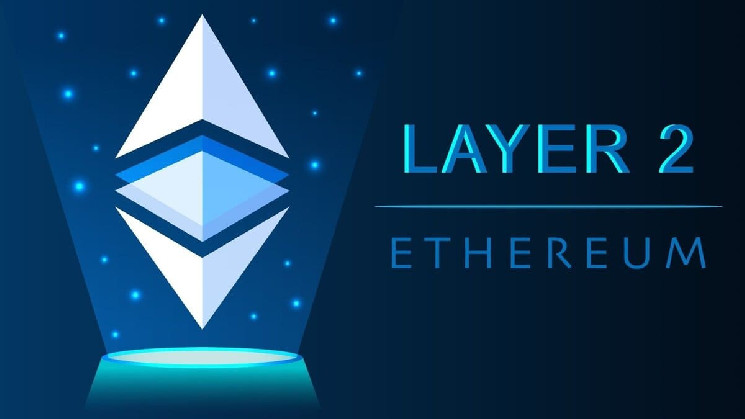
TL;DR
- The Ethereum DeFi ecosystem is experiencing an increase in Uniswap V2 pools on Layer 2 solutions, enhancing scalability and reducing costs.
- Platforms like Arbitrum, Optimism, and Polygon are leading this advancement by offering efficient environments for decentralized exchanges and liquidity pools.
- The adoption of Layer 2 reflects Ethereum’s evolution in addressing scalability challenges, boosting market confidence, and driving investment in DeFi innovations.
The Ethereum decentralized finance (DeFi) ecosystem continues to grow exponentially, with Layer 2 solutions seeing a significant rise in the creation of Uniswap V2 pools. The industry is taking a crucial step towards improving scalability and reducing costs on the ETH network, overcoming persistent challenges that have hindered widespread adoption.
Market experts like YG Crypto have noted that platforms such as Arbitrum, Optimism, and Polygon are spearheading this progress by providing more efficient environments for decentralized exchanges and liquidity pools. These solutions enable processing a significantly higher volume of transactions at substantially lower gas fees compared to Ethereum’s main network, thereby facilitating more accessible and cost-effective participation for DeFi economy users.
Uniswap v2 pools are popping up on L2s like mushrooms after a rainstorm! 🚀🍄
While #Ethereum still reigns supreme in the world of decentralized finance (DeFi), the tide is turning. More and more #Uniswap v2 pools are being created on Layer 2 (L2) solutions like Optimism,… pic.twitter.com/4RZH8uAf7W
— YG crypto (@ygcrypto) June 12, 2024
Ethereum Continues to Evolve and Attract Investments
The growth in the deployment of Uniswap V2 pools on Layer 2 networks underscores the growing importance of these technologies for ETH scalability and the future of decentralized finance. In addition to enhancing operational efficiency and reducing costs, Layer 2 solutions also offer an improved user experience with faster and smoother transaction confirmations.
However, it is crucial to understand the complementary role of Layer 1 and Layer 2 blockchains in the ecosystem as a whole. While Layer 1 blockchains like Ethereum provide the foundational basis for network decentralization and security, Layer 2 solutions add additional processing and scalability capabilities, acting as an optimization layer over the existing infrastructure.
The widespread adoption of Layer 2 solutions reflects Ethereum’s adaptability in addressing current technological challenges, as well as market confidence and investment in these innovations. This growth is expected to continue driving the emergence of new tools and deepening the adoption of DeFi.
